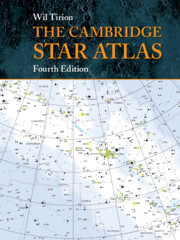Summary
The Moon is, apart from the Sun, the brightest object in the sky. Although the Sun and the Moon appear almost equal in size, they are quite different. The Sun is the central body of our Solar System, and all planets, including the Earth, orbit around it. The Sun measures 1.4 million kilometers across, and lies at a distance of roughly 150,000,000 kilometers. The Moon is much smaller and measures ‘only’ 3,476 kilometers across; approximately one quarter of the Earth's diameter. The Moon lies at an average distance of 384,400 kilometers from the Earth. It orbits, not the Sun, but our own planet, in a little more than 27 days.
Although we often refer to the Moon as ‘shining’ it does not of itself give any light. It only reflects the light it receives from the Sun. This is the reason why the appearance of the Moon changes as it orbits the Earth. This aspect of the Moon, sometimes visible as a thin crescent in the western sky, after sunset, and sometimes as a full disk, lightening up the middle of the night, is confusing to many people. The reason for this can be best explained in a diagram (figure 1).
The illustration is not drawn to scale, but shows you what happens. The Earth is at the center and the Moon's orbit is drawn as a circle.
- Type
- Chapter
- Information
- The Cambridge Star Atlas , pp. 1 - 7Publisher: Cambridge University PressPrint publication year: 2011



